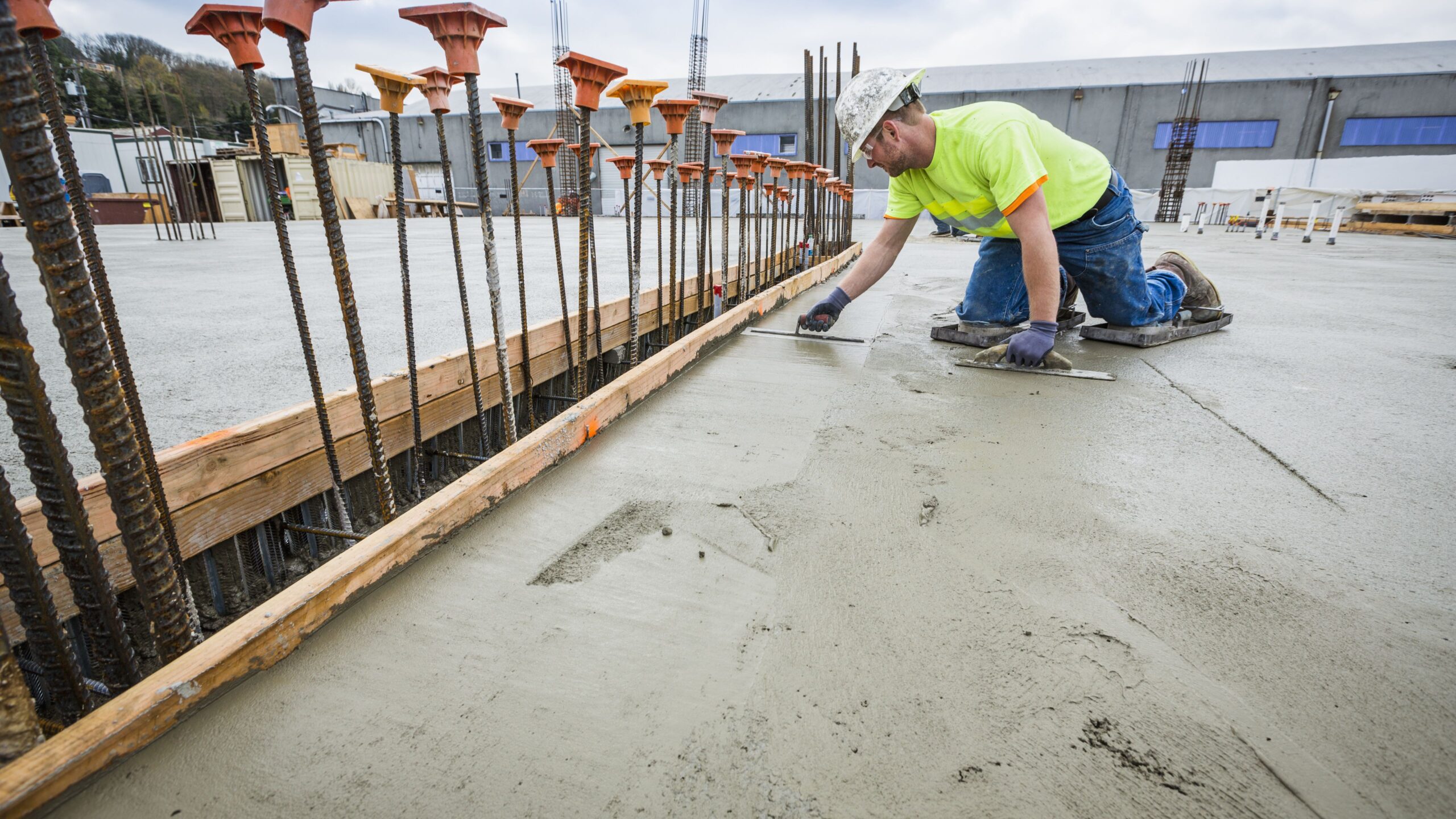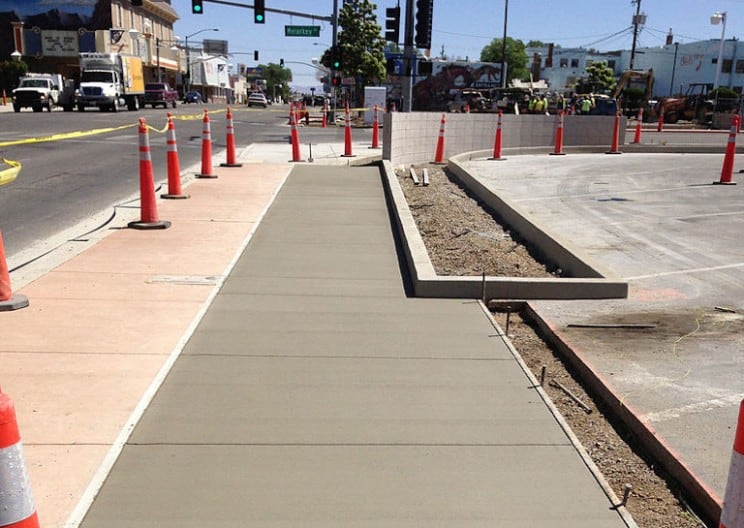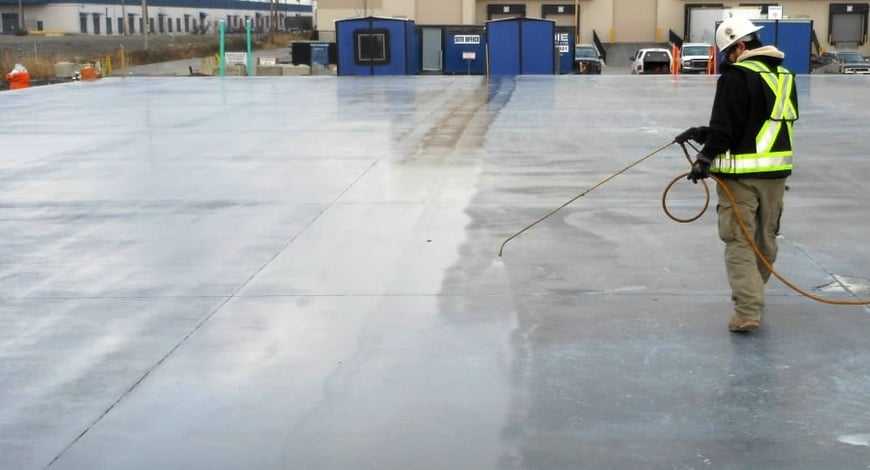
How to Speed Up Concrete Drying
If you rush and do not wait for the concrete to dry properly, it can result in structural failures and cause further delays. To boost the efficiency of your project, it’s important to find ways of speeding up the concrete drying and curing times to ensure both safety and timekeeping are catered for. Below are some ways to speed up concrete drying.
What is the Difference Between Curing and Drying?
Concrete curing is the process of keeping the mixture’s temperature and moisture at optimum levels so that it develops the correct properties whilst it is drying.
Before Pouring Concrete
There are a few things you can do before you pour the concrete that will speed up the drying process:
- Science tells us that anything dries faster in warmer, drier conditions, which is why sunnier days are prime time for concrete drying. If waiting until summertime is an option for you and your project, be sure to take it.
- Use the correct amount of water in the mix. If there’s too much water, there will be more water left over after curing that will need to evaporate. That means a longer drying time.
- Are you using lightweight concrete? Lightweight aggregates absorb a lot of water and this increases the drying time. You can reduce the drying time by replacing these lightweight aggregates with synthetic aggregates that don’t absorb water.
- Including calcium chloride in the wet concrete mix before pouring is an easy way to quicken the concrete solidification time – this compound accelerates the process of cement hydration.
- If possible, don’t use curing, sealing, or bond-breaking agents. They can inhibit evaporation from the concrete’s surface which increases the drying time.
After Pouring Concrete
Once the slab has cured, enclose the space as soon as possible to protect the slab from absorbing any additional moisture.
- Create your own heat by artificial means e.g. a heater, heating mats. If you do choose to use a heater, be careful not to overheat the wet concrete mix – a gentle amount, however, should give your concrete the boost it needs to speed up the drying time.
- Curing requires moisture to be encouraged, and one way of ensuring this is to lay a plastic sheet over the laid concrete mix to prevent the moisture from escaping. This will also stop additional moisture from entering, thus slowing down the drying time even more.
How Do You Know When the Concrete Is Dry?
You don’t unless you test it. If you’re lucky, it will be dry. However, many times it won’t be, so you’ll need to give it some more time to dry and then test it again. How much time you’ll give it to dry before testing again is pretty much a best guess based on past experience. At some point, the slab will be dry enough to receive the floor covering. Of course, this is an unpredictable process and because of that schedules can slip and costs can mount up.
When you absolutely must install the floor covering but the drying process isn’t complete, you can use a moisture mitigation system. If you go this route make sure you choose a high-quality product that will adequately seal the moisture into the slab.
Save Your Precious Time
Unfortunately concrete curing takes time. However, save time and money during the concrete curing process with our exclusively designed system that time releases water onto concrete surfaces and under cure blankets. This means no more dry concrete and no more trips to water the concrete. Contact Cure Tender USA to find out more.







